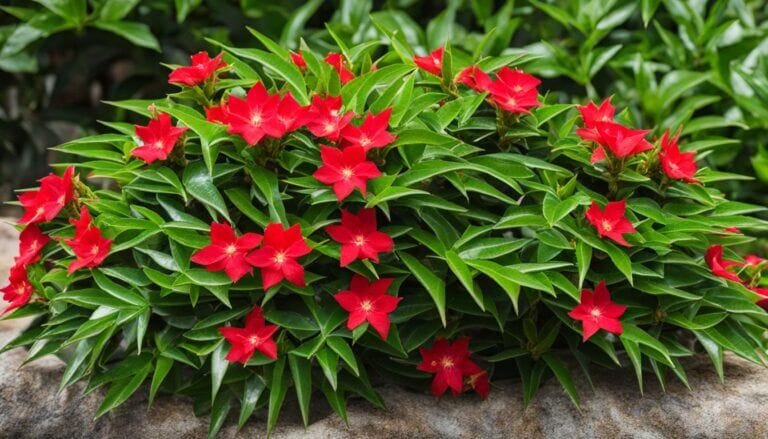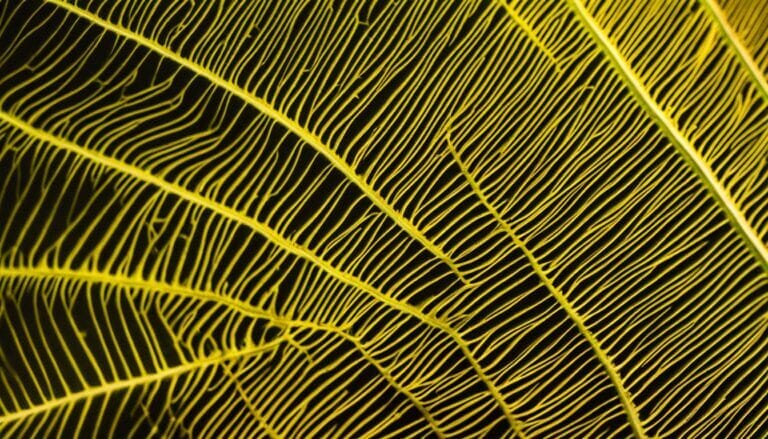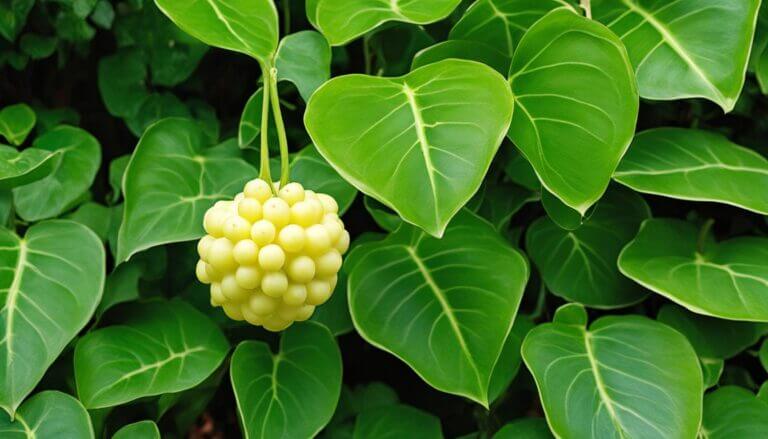How Often to Water a Fiddle Leaf Fig Tree: Best Way To Water Fiddle Leaf Fig
Watering a fiddle leaf fig can be challenging due to its specific requirements. Overwatering can kill the plant, while underwatering can cause it to suffer. To determine the right watering frequency, consider factors like the soil moisture, leaf condition, and pot drainage. Using a moisture meter can help accurately assess the plant’s thirst. The ideal watering schedule is once a week, ensuring proper drainage to prevent soil shrinkage and root damage. The amount of water needed varies based on the plant’s size, with smaller plants requiring 1 cup and larger plants needing up to 4 cups per week. It’s important to use the right type of water and to fertilize the fiddle leaf fig during its growing season.
Key Takeaways:
- Water a fiddle leaf fig once a week with proper drainage to prevent overwatering or underwatering.
- Assess the plant’s moisture needs using a moisture meter and adjust watering accordingly.
- Smaller fiddle leaf figs require 1 cup of water per week, while larger ones may need up to 4 cups.
- Choose the right type of water to avoid chemical damage.
- Fertilize the plant during its growing season for optimal nutrition.
Signs of Overwatering a Fiddle Leaf Fig Plant
Overwatering a fiddle leaf fig can have negative consequences on its overall health and vitality. It’s crucial to be aware of the signs that indicate your plant is being overwatered so that you can take corrective measures promptly. Here are some key signs to look out for:
- Drowning the plant: Watering your fiddle leaf fig more than once a week is a common mistake that can lead to overwatering. This can result in waterlogged soil, preventing the roots from receiving oxygen and causing root rot.
- Wet soil below the surface: Checking the soil moisture is crucial in monitoring the watering needs of your fiddle leaf fig. If you find that the soil is consistently wet one inch below the surface, it’s a clear indication of overwatering.
- Leaf discoloration: Dark spots or edges on the leaves can be a sign of overwatering. These spots may appear yellow, brown, or even black, indicating that the plant is struggling to cope with excessive moisture.
- Presence of flies or musty smell: Overwatering can create a breeding ground for pests like fungus gnats. If you notice an abundance of flies around your fiddle leaf fig or a musty smell coming from the soil, it may be a result of overwatering.
To prevent overwatering, it’s important to establish good watering practices. Ensure your pot has adequate drainage to allow excess water to escape, and use well-draining potting soil. Avoid drenching the plant with excessive water, as this can lead to waterlogged conditions. Remember, it’s better to underwater than to overwater a fiddle leaf fig.
Table: Signs of Overwatering a Fiddle Leaf Fig
| Signs | Explanation |
|---|---|
| Watering more than once a week | Excessive water can lead to waterlogged soil and root rot. |
| Wet soil one inch below the surface | Consistently moist soil indicates overwatering. |
| Dark spots or edges on leaves | Discoloration is a sign that the plant is struggling with excessive moisture. |
| Flies or musty smell in the soil | Overwatering can attract pests and result in a musty odor. |
Signs of Underwatering a Fiddle Leaf Fig Tree
Underwatering a fiddle leaf fig can have detrimental effects on its health and appearance. It’s crucial to recognize the signs of underwatering in order to address the issue promptly and provide the plant with the necessary hydration. Here are some key indicators that your fiddle leaf fig may be underwatered:
- Smaller leaves: When a fiddle leaf fig is not receiving enough water, its leaves may start to shrink or appear smaller than usual.
- Leaf drop: Underwatering can cause the leaves of a fiddle leaf fig to turn yellow and drop prematurely.
- Dry top inch of soil: Check the top inch of soil in the pot. If it feels dry to the touch, it’s a sign that the plant is not getting enough water.
- Yellow or brown edges on leaves: One of the most common signs of underwatering is the presence of yellow or brown edges on the leaves.
These symptoms indicate that the fiddle leaf fig is not receiving adequate moisture to support healthy growth. To address underwatering, take the following steps:
- Check soil moisture regularly: Use your finger or a moisture meter to monitor the moisture levels in the soil. Water the plant when the top inch of soil feels dry.
- Increase watering frequency if necessary: If your fiddle leaf fig is consistently showing signs of underwatering, consider increasing the frequency of watering. However, be sure to maintain proper drainage to avoid overwatering.
- Provide adequate humidity: Fiddle leaf figs thrive in humid environments. Increase the humidity around the plant by misting it regularly or placing a humidifier nearby.
| Signs of Underwatering | How to Address Underwatering |
|---|---|
| Smaller leaves | Check soil moisture regularly and increase watering frequency if necessary. |
| Leaf drop | Provide adequate humidity and adjust watering frequency as needed. |
| Dry top inch of soil | Water the plant when the top inch of soil feels dry. |
| Yellow or brown edges on leaves | Monitor soil moisture and increase watering if necessary. Maintain proper drainage to prevent overwatering. |
Finding the Right Fiddle Leaf Fig Watering Schedule
Establishing the perfect watering routine for your fiddle leaf fig is crucial to its overall health and growth. Consistency is key when it comes to watering, so it’s important to set a specific day of the week for this task. However, the frequency of watering may vary depending on environmental factors such as sunlight, temperature, and humidity. It’s essential to monitor the moisture level of the soil regularly and adjust your watering schedule accordingly.
One helpful tool for monitoring soil moisture is a moisture meter. This device provides accurate readings and can guide you in determining whether your fiddle leaf fig needs water or not. Another important factor to consider is proper drainage. Make sure your pot has adequate drainage holes and that excess water can flow out easily. This will prevent overwatering and avoid soil shrinkage and root damage.
When establishing your watering routine, remember that every fiddle leaf fig is unique. Factors such as pot size, plant size, and environmental conditions can all affect how much water your plant needs. As a general guideline, smaller plants typically require around 1 cup of water per week, while larger plants may need up to 4 cups. However, it’s important to monitor your plant closely and make adjustments as necessary.
| Factors to Consider for Finding the Right Watering Routine | Guidelines |
|---|---|
| Sunlight Exposure | Plants in bright, direct sunlight may require more frequent watering. |
| Temperature | Warmer temperatures may increase water evaporation, requiring more frequent watering. |
| Humidity | Plants in low-humidity environments may require more frequent watering. |
Considerations for Watering Amount
When it comes to watering a fiddle leaf fig, finding the right amount is essential for its overall health and growth. The watering amount needed depends on the size of the plant and the specific growing conditions. As a general guideline, smaller fiddle leaf figs typically require about 1 cup of water per week, while larger plants may need up to 4 cups per week. However, it’s important to consider other factors that can affect a plant’s water consumption.
One of the key factors to consider is the temperature of the environment where the fiddle leaf fig is located. Higher temperatures can increase the plant’s water needs, while cooler temperatures may decrease the amount of water required. Additionally, the amount of light exposure the plant receives can also impact its water requirements. If the fiddle leaf fig is placed in an area with bright, direct sunlight, it may need more water to compensate for the increased evaporation.
Another factor to consider is the humidity level in the plant’s surroundings. Fiddle leaf figs thrive in environments with higher humidity, so if the air is dry, the plant may require more frequent watering. On the other hand, if the air is naturally humid, the plant may need less water as there is already moisture present in the environment.
To determine the best watering amount for your fiddle leaf fig, it’s important to monitor the plant closely. Check the soil moisture regularly by inserting your finger about an inch into the soil. If it feels dry, it’s time to water the plant. However, if the soil feels consistently wet or waterlogged, you may be overwatering the plant and should adjust the watering amount accordingly. Remember, it’s always better to slightly underwater than to overwater a fiddle leaf fig, as excess moisture can lead to root rot and other issues.
The Importance of Proper Drainage and Soil Moisture
Proper drainage and soil moisture are essential for the health and vitality of a fiddle leaf fig. Without adequate drainage, the plant can suffer from soil shrinkage and root damage, leading to stunted growth and potential death. To ensure proper drainage, it is recommended to use a well-draining potting soil and a container with drainage holes. This allows excess water to escape and prevents water from pooling at the bottom, which can lead to waterlogged conditions.
Checking the soil moisture regularly is crucial to prevent overwatering or underwatering. Using a moisture meter or simply feeling the soil with your finger can help determine when it’s time to water the plant. The soil should be slightly dry to the touch before the next watering, as this promotes healthy root growth and prevents the risk of overhydration. It’s important to note that fiddle leaf figs prefer slightly moist soil rather than constantly wet or dry conditions.
| Signs of Improper Drainage | Signs of Proper Drainage |
|---|---|
| – Water pooling at the bottom of the container | – Excess water draining out of the container |
| – Foul smell in the soil | – No foul smell in the soil |
| – Soil that feels constantly wet or soggy | – Soil that feels slightly moist |
| – Yellowing or wilting leaves | – Healthy, green leaves |
Choosing the Right Water and Fertilizer
When it comes to caring for your fiddle leaf fig, selecting the right water and fertilizer plays a crucial role in ensuring its health and vitality. The type of water you use can have a significant impact on the overall well-being of your plant. Tap water, which often contains chemicals such as chlorine and fluoride, may result in unsightly brown spots or browning edges on the leaves. To avoid this, opt for distilled or filtered water, which is free from harmful additives.
In addition to choosing the right water, fertilizing your fiddle leaf fig during its growing season is essential. This typically occurs in the spring and summer months when the plant is actively growing. Diluted liquid fertilizer should be used during watering, with a frequency of every week during the growing season and every other week in the fall. By selecting a fertilizer specifically formulated for houseplants like the fiddle leaf fig, you can ensure your plant receives the necessary nutrients to thrive.
FAQ
How often should I water my fiddle leaf fig?
The frequency of watering your fiddle leaf fig will depend on various factors such as the size of the pot, humidity levels, and the environmental conditions. In general, it is recommended to water your fiddle leaf fig when the top inch of the soil is dry.
What is the best way to water a fiddle leaf fig?
The best way to water your fiddle leaf fig is to water it thoroughly, allowing the water to soak through the drainage holes at the bottom of the pot. Avoid overwatering or letting the plant sit in standing water.
How much water does a fiddle leaf fig need?
It is essential to provide enough water to thoroughly moisten the soil, but it’s equally important not to water excessively, which can lead to root rot. Be sure to allow the excess water to drain out of the pot.
What type of water is best for fiddle leaf figs?
Fiddle leaf figs prefer room temperature water. You can use tap water that has been left to sit for 24 hours to dissipate any chlorine, or you can use distilled water to water your plant.
Is bottom watering a good method for fiddle leaf figs?
Yes, bottom watering is a suitable method for watering fiddle leaf figs. It allows the plant to absorb water from the bottom, promoting healthy root growth. However, it’s essential to ensure that the water runs through the entire pot and drains properly.
How can I create the perfect watering schedule for my fiddle leaf fig?
To create the perfect watering schedule for your fiddle leaf fig, closely monitor the soil moisture and the plant’s reaction to watering. Adjust the frequency based on the specific needs of your plant, environmental conditions, and seasonal changes.
What should I do if my fiddle leaf fig’s soil is consistently dry?
If the soil of your fiddle leaf fig is consistently dry, you may need to adjust your watering frequency or consider repotting the plant into a larger container to provide more water retention capacity for the soil.







